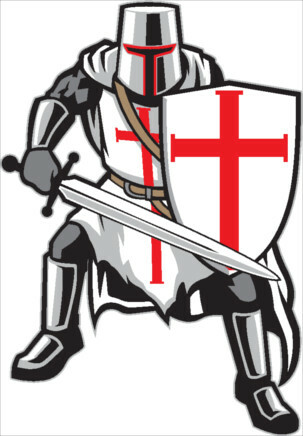THE biodiversity of planet Earth is very large and it refers not only to animals, but also to plants and other organisms.
the diversity of plants is called flora, and the flora of a particular region is called local flora. As Brazil is a country with a vast territory, the biodiversity that exists here is enormous and we often do not even know the flora of the region where we live.
Factors such as temperature, amount of sunlight, amount of rain and type of soil influence the type of plant that lives in that environment. Therefore, the same plant is not always found in different environments.
This class was designed so that students get to know the environment where they live and have an idea of the diversity of species that plants have.
Furthermore, it is a good time to emphasize that plants are living beings that deserve respect and should not be hurt, broken and cut unnecessarily.
enjoy it plant lesson plan with your elementary students, you can also download it in PDF at the end of the post!
Lesson plan – The world of plants – Which ones do I know?
THEME: The plants we know!
SUGGESTED TIME: 1 class of 50 minutes
GOALS:
- Identify local plants;
- Name all parts of a plant;
- Identify characteristics such as color, size and odor;
- Check for the presence of flowers, fruits, thorns;
- List the characteristics found with the habitat of each plant.
- Free Online Inclusive Education Course
- Free Online Toy Library and Learning Course
- Free Online Math Games Course in Early Childhood Education
- Free Online Pedagogical Cultural Workshops Course
REQUIRED MATERIAL:
- Plant samples that can be collected at or near the school;
- Magnifying glasses;
- Pencil;
- Books for research.
DEVELOPMENT:
First moment
- Introduce students to the topic and ask what they know about plants, the variety of plant species and where they live.
- Show students pictures of plants on slides, books or magazines. Choose some that are common to students' daily lives and others that they don't know about.
- Ask students which are the plants of the local flora, in the region where they live. Guide the discussion so that they strive to remember what they know about the regional flora.
second moment
- Divide students into pairs.
- Deliver a plant of the local flora to each pair.
- Explain the activity to students.
- They should observe and note each part of the plant, they can use the magnifying glass.
- Students should describe where that plant lives.
- They should see if it has flowers, if not, research with them what time of year the flowering occurs.
- At the end of the exploration, each pair should briefly present the plant to their peers.
ASSESSMENT:
Use the students' presentation to the class as an assessment of work done in pairs.
Click here to download this PDF lesson plan!
See too:
- Lesson Plan – Quiz: Why Hand Washing Can Prevent Disease?
- Indian Day Class Plan – Early Childhood Education
- Practical Lesson Plan - Butterfly Metamorphosis
- Coronavirus Lesson Plan - Elementary School
The password has been sent to your email.


